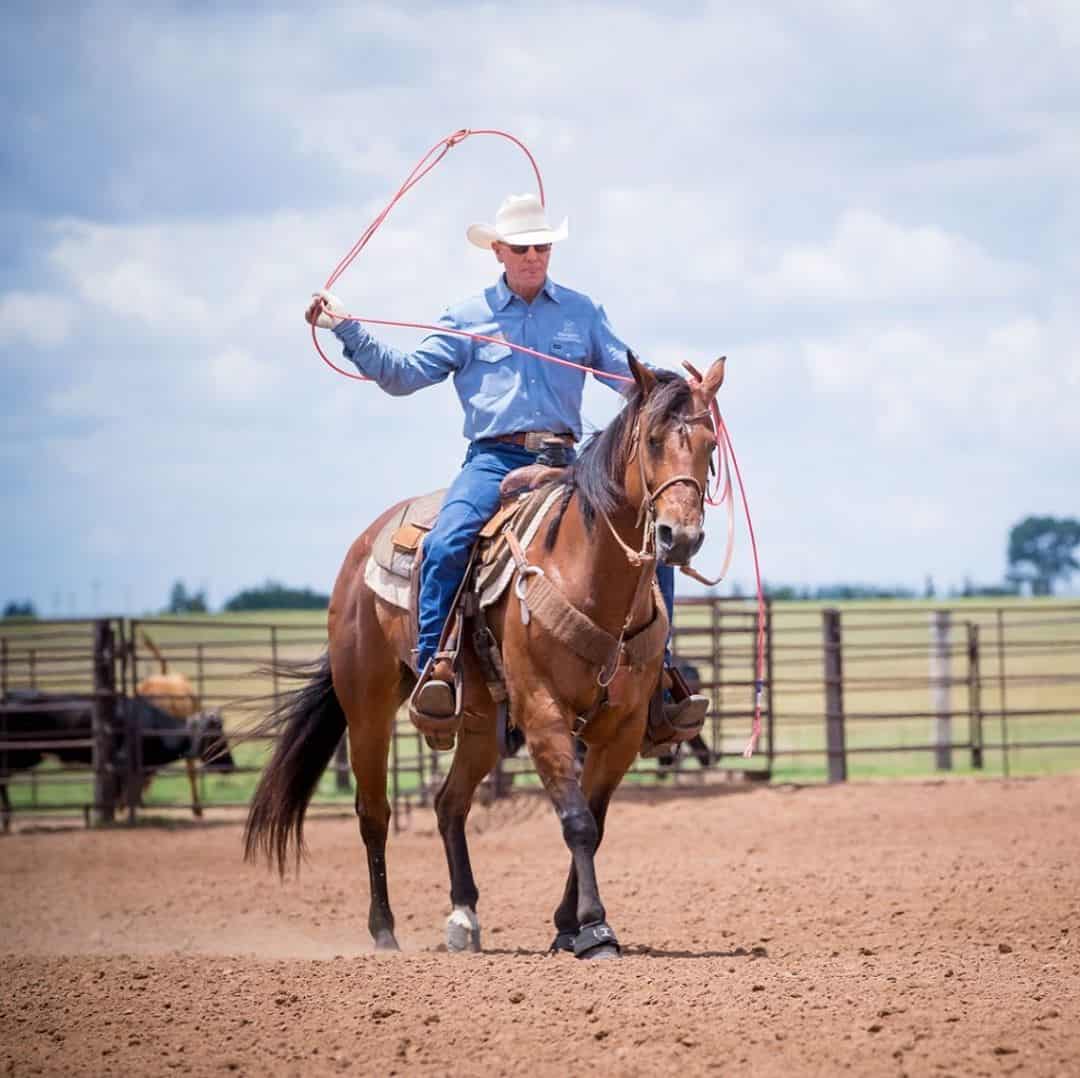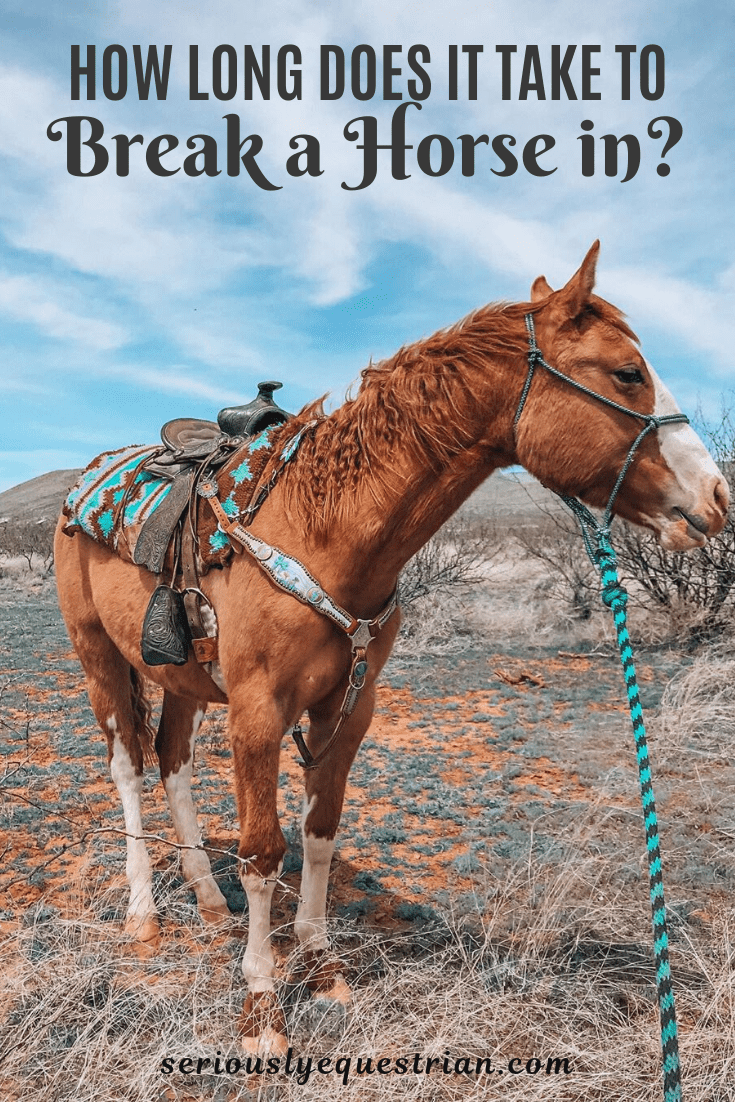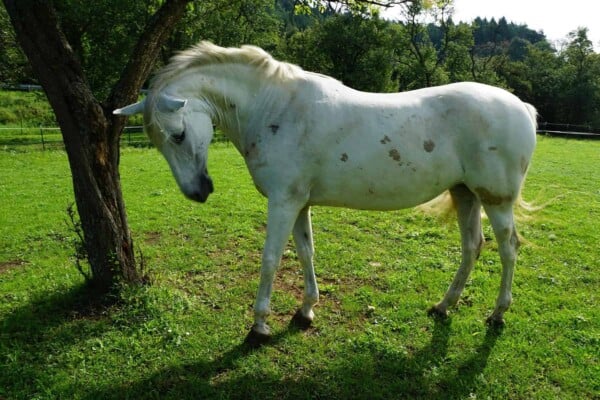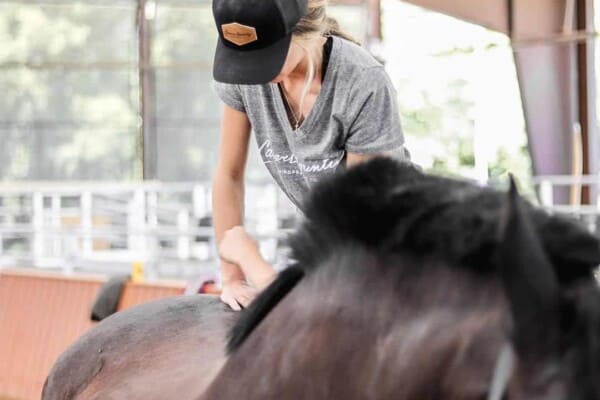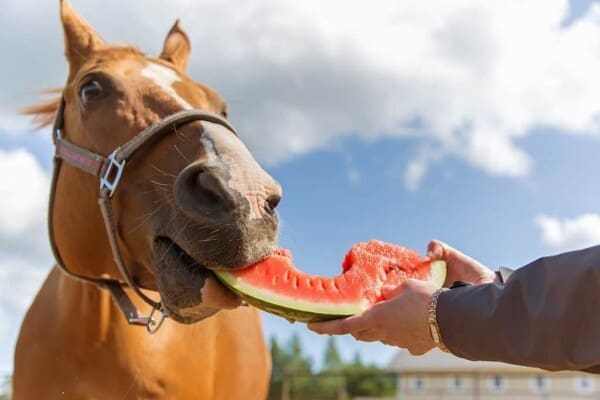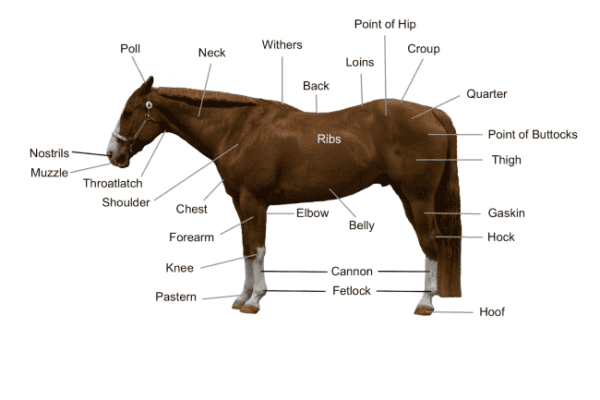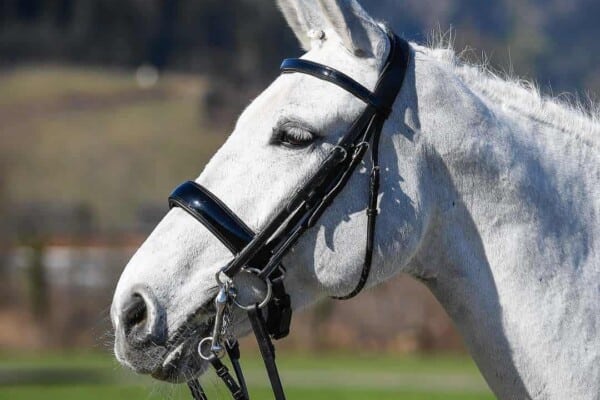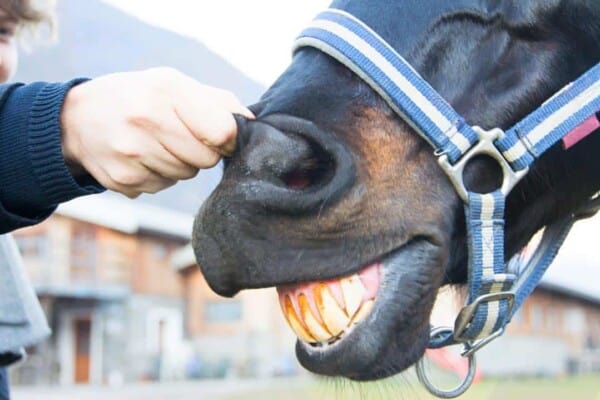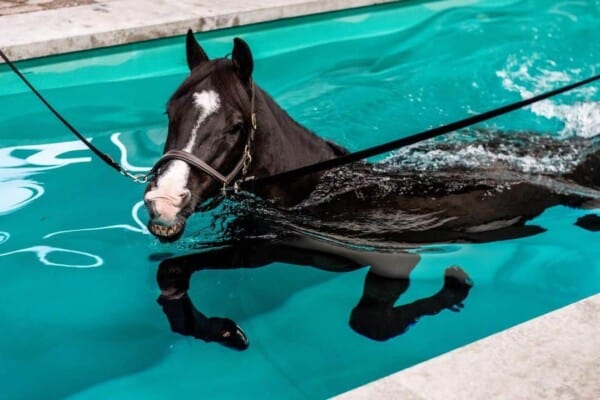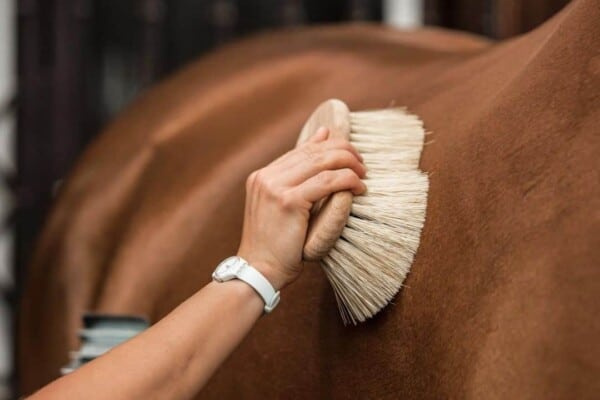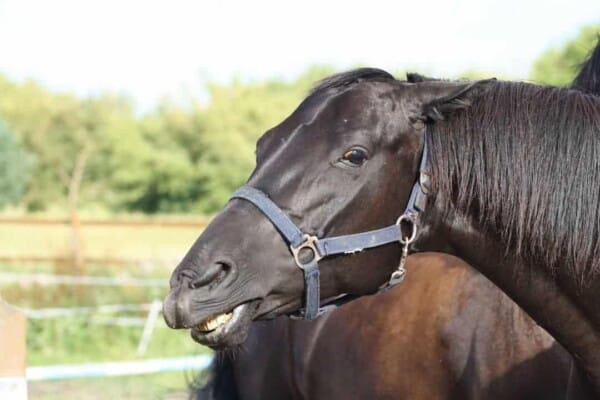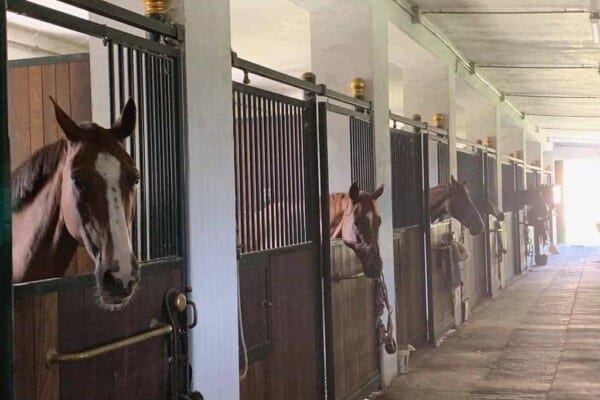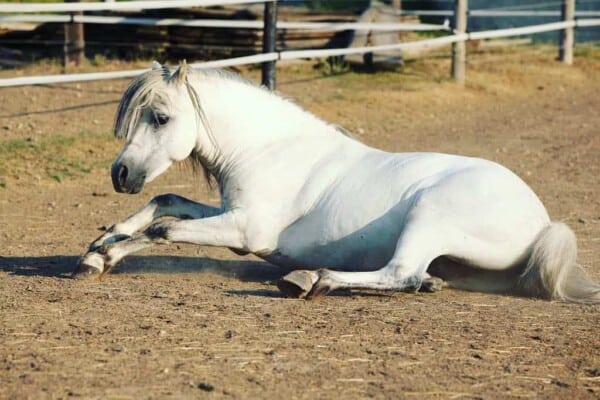It takes on average 4-6 weeks to break in a horse in but that time span is based on several assumptions. If all the handling and preparatory work has been done properly then it should be plain sailing. The horse’s temperament and character can also dictate how smoothly the process goes and how long it takes – some sharper or trickier horses may need more time.
When does horse training begin?
Horse training starts at birth. Foals have to learn to wear a foal slip which is a little headcollar and quickly understand the process of being brushed, having their feet picked up and then move on to leading in hand. The key element is that they are being introduced to new things and are learning respect for the human handler – this can’t start soon enough. Young horses which are untouched other than weaning will take a lot longer to prepare for breaking in.
Some key terminology
People use different terms when it comes to breaking in, here is what they mean.
- Backing – starting a horse, it doesn’t have to be a young horse, it could be an older horse that has been left like a broodmare
- Unbacked – never ridden. If you buying a horse that is unbacked then you will have to break it to ride. Unbacked horses can still be well handled
- Breaking – breaking or breaking in means to teach a horse to carry a rider
- Riding away – the early weeks and months of schooling and training which can sometimes prove harder than breaking in
- Breaking to harness – teaching a horse to pull a vehicle, this can be a horse that is already broken to ride
- Green – lacking experience. This can be a horse that has been broken in for a long time but has not had any experience of a particular aspect of training, for instance, jumping or cross country
- Restarting – a horse that has been broken in but has then been left untouched in the field for maybe a year or two and will need totally restarting
What age are horses broken in?
Usually between the age of three to six. The exact age of breaking in depends on the horse’s breeding and temperament and the owner preferences. Some breeds mature later than others, for example, Irish horses are slow developers and particularly if they are big, don’t mature until around six or seven years of age. The trainer has the option to leave the horse until five or six or start them around three or four years old and just back them before turning them away again for a few months to grow and develop. Very big warmbloods require a similar approach.
Some young horses are full of it and are much better broken and busy earlier on. It is important that the time of breaking reflects the horse’s physical and mental development and that not too much is asked of the horse too early on.
Preparation for breaking in
Whether this is a horse you have bred and handled yourself or one that has landed on your yard for breaking, you need to be at base camp before you start to introduce a rider. In an ideal world, this would include:-
- A horse that is polite and well handled on the ground so leads well, turning and stopping to voice commands
- A horse that will stand still and tie up without pulling back
- A horse that is happy to be groomed and touched all over his body
- A horse that has learned to move away in the stable to the voice and respects the handler’s space
Much preparation is done with the horse before the rider puts a foot in the stirrup. This includes:-
- Mouthing the horse so teaching him to accept a bit in his mouth. This can be done in the stable using a soft plastic bit preferably a straight bar. Plastic is warmer than metal. The practice of using a breaking bit has fallen out of fashion. These were bits with little metal keys on to encourage the horse to play with them and salivate but in fact, often ended up leading to over activity in the mouth and evasions such as drawing the tongue back
- Teaching him to accept a lunge roller
- Introducing and fitting a bridle so he is happy to accept it being taken on and off. Use a loose noseband like a cavesson
- Leading in a bridle and roller using voice commands and very gentle pressure to move forward, stop and turn
- Lungeing the horse so he understands how to walk, trot and canter on a large circle and to halt out on the circle – this may require a handler. The horse should learn to move forward and away from the lunge whip as appropriate and be obedient to the trainer’s voice
- Swap the roller for a saddle. Let the horse become accustomed to the saddle before running down the stirrups so that he gets used to the sensation of something against the side of his body
Introducing the rider
This is done progressively first by standing on a block and leaning over the horse’s back before progressing to putting weight in the stirrup and then finally mounting the horse, remaining low over his neck initially before sitting up. The rider is worked on the lunge first of all as this is something the horse is established with before being led around by the trainer and then progressing to riding away on their own in the confines of an arena or school.
Overcoming challenges
The key to training horses is time and patience. Any stage of training may take longer than planned. Be patient with the horse and if he is not established at a particular point, keep repeating that until he is comfortable or give him some time out. Some horses back easily and are more difficult to ride away, for others, it can be quite the opposite. Try not to set deadlines when training horses, always factor in time to go more slowly or repeat a stage. If the horse has time out, you will need to go back a few stages in his training program, don’t assume you can just pick up from where you left off. The watchwords with training horses are always patience, progression, calmness and repetition.


